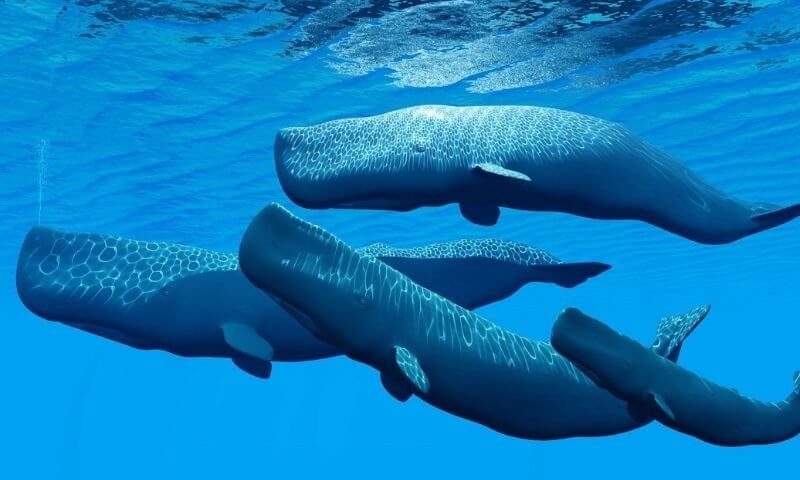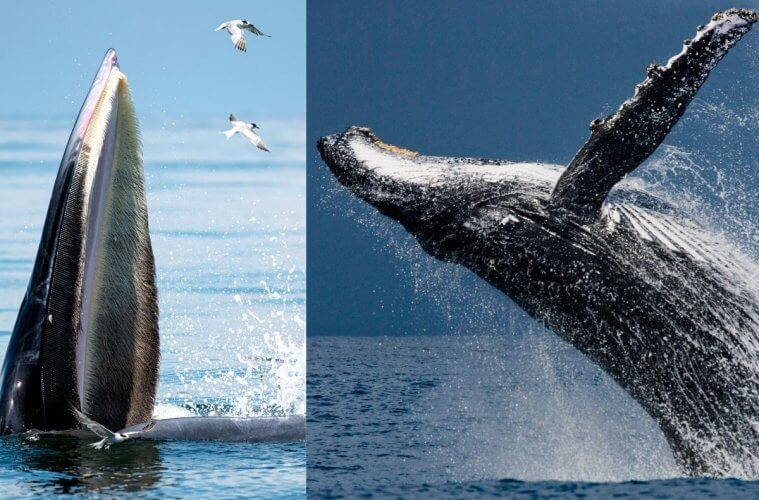We all know whales are amazing creatures, the biggest animal on the earth. They have a long lifespan, give birth to live babies, and one can’t forget their ability to communicate with other whales over tens of miles! But did you know that whales also play a critical role in saving our planet?
That’s right – these amazing creatures may be the answer to solving the climate crisis. In this blog post, we’ll explore how whales help save the environment and what people can do on an individual level to protect them from extinction.
Contents
What is A Whale’s Impact on the Environment
Whales, like every other organism on our planet, contribute to climate change. They play an important part in the marine ecosystem by providing up to 50% of our oxygen and combating global warming. They also aid in maintaining fish stocks and combat climate change through their involvement in the ocean’s ecosystem.
Whales’ large size means that they feed on krill at depths which other animals cannot reach. Their feeding activity helps keep nutrients stirred into surface waters so that phytoplankton can continue converting carbon dioxide into oxygen for us all!

planktons
The gentle giants also need lots of food because they burn energy quickly with their exuberant lifestyle – breaching, playing, and singing songs beneath the waves every minute when they are not sleeping or nursing calves (whale milk is 50% fat).
In addition to their feeding role, whales’ massive size means that they are also a major carbon sink. Blue whales and minke whales eat the krill and small fish, sperm whales eat large squid, which roams deeper in the oceans where water circulates slowly.

sperm whales
These deep-diving cetaceans thus carry organic material from surface waters down with them when they dive below 1000 meters, transporting this carbon away from the atmosphere for hundreds of years until eventually much of it reaches the ocean floor. They also help to maintain biodiversity.
Many whales and dolphins are ‘keystone species’ in their respective ecosystems because of their roles through predation, competition, or symbiosis with other organisms.
Scientists recently discovered that sperm whale populations off Sri Lanka helped maintain coral reef diversity by keeping grazing sea urchins under control so allowing corals to live beside each other instead of being smothered by fast-growing algae.
Methane emissions from whales’ digestive systems and decomposing wastes contribute about one-third of greenhouse gas to the atmosphere as livestock. Whales also release carbon-rich feces into the water that forms sediments, eventually turning into rocks known as “whale fall.” These can contain upwards of 50% methane hydrate – a kind of ice containing high levels of natural gas.

Whale bodies provide an immense bounty to the oceans. Several million tons of biomass fall to the bottom of the sea every year. Roughly equivalent in mass to all human beings on earth combined.
How whales can help with climate change
Whales have a significant role in the ecosystem. They prey on large fish and keep their population under control, while they also help maintain biodiversity by eating certain species that could become overabundant otherwise. This means less competition for food among smaller animals, which can affect larger species as well because it allows them to breed more successfully.

Whale shark eating plankton
Whales are responsible for fertilizing oceans with their feces every year too. So there is no need to add chemicals or other artificial nutrients into the water when you have whales doing this job just fine!
While many people associate massive damage done by whaling during the 19th century, nowadays, international agreements protect all whale populations from hunting activities. We should be grateful that not only because we get to see these majestic creatures swim in the ocean but also because they have a crucial role in protecting our planet.
Those who are concerned about climate change should consider supporting the protection of marine life. While there is still much work ahead, conservation efforts can be significantly aided by increasing awareness among citizens worldwide.
How can you get involved in saving whales?
There are many ways to help these majestic creatures and contribute to saving them from extinction.
You could become a conservationist, volunteer at an organization that works to preserve them, or simply start by educating yourself about their lifestyle and habits to understand why they need our protection now more than ever before.
Once you have done all your research, spread awareness amongst other people, if enough people come together, we might be able to achieve something great! And even if nothing happens, it would still be worth trying because who knows what impact one person’s small efforts will have on others? It only takes one wave to cause ripples in the ocean.
Stop hunting
Whale populations are still on the decline, despite protective legislation implemented in 1986, which banned commercial hunting of these animals. It is estimated that there are only around 25,000 Blue Whales remaining worldwide (out of an original population size of 125,000).
The International Whaling Commission’s ban on hunting has been called into question recently by Japan and Norway. As they claim to be doing it for scientific research purposes. However, the UN’s highest court rejected this, who ruled that catching whales “for scientific research” does not justify a complete exemption.
The oceans are becoming increasingly overfished and polluted by local sources. Such as abandoned fishing gear or inland pollution running off the land, and long-range ones like oil spills.
Each year thousands of whales die entangled in nets or ropes; meanwhile, their primary food source, krill (small shrimp), has been reduced to dangerously low numbers due to acidification caused by rising atmospheric carbon dioxide levels.
This is especially troubling since whale populations have already suffered dramatically from PCB contamination. PCBs were used for several decades in products that include paint thinners and electrical transformers.
Conclusion
With all the information we have about how whales can help save our planet. It’s time for us to step up and save them. If you want to get involved in saving these magnificent creatures from extinction, there are a few things you can do.
First of all, stop hunting these amazing creatures! Secondly, make sure that your carbon footprint is as small as possible. Use renewable energy sources like solar power whenever possible. Lastly, report it if you see someone doing something illegal, such as whale poaching or polluting the ocean with toxic waste. Authorities can take action against those who would destroy this beautiful species and our environment.
References
- https://www.bbc.com/future/article/20210119-why-saving-whales-can-help-fight-climate-change
- https://www.nationalgeographic.com/environment/article/how-much-is-a-whale-worth
- https://www.unep.org/news-and-stories/story/protecting-whales-protect-planet

